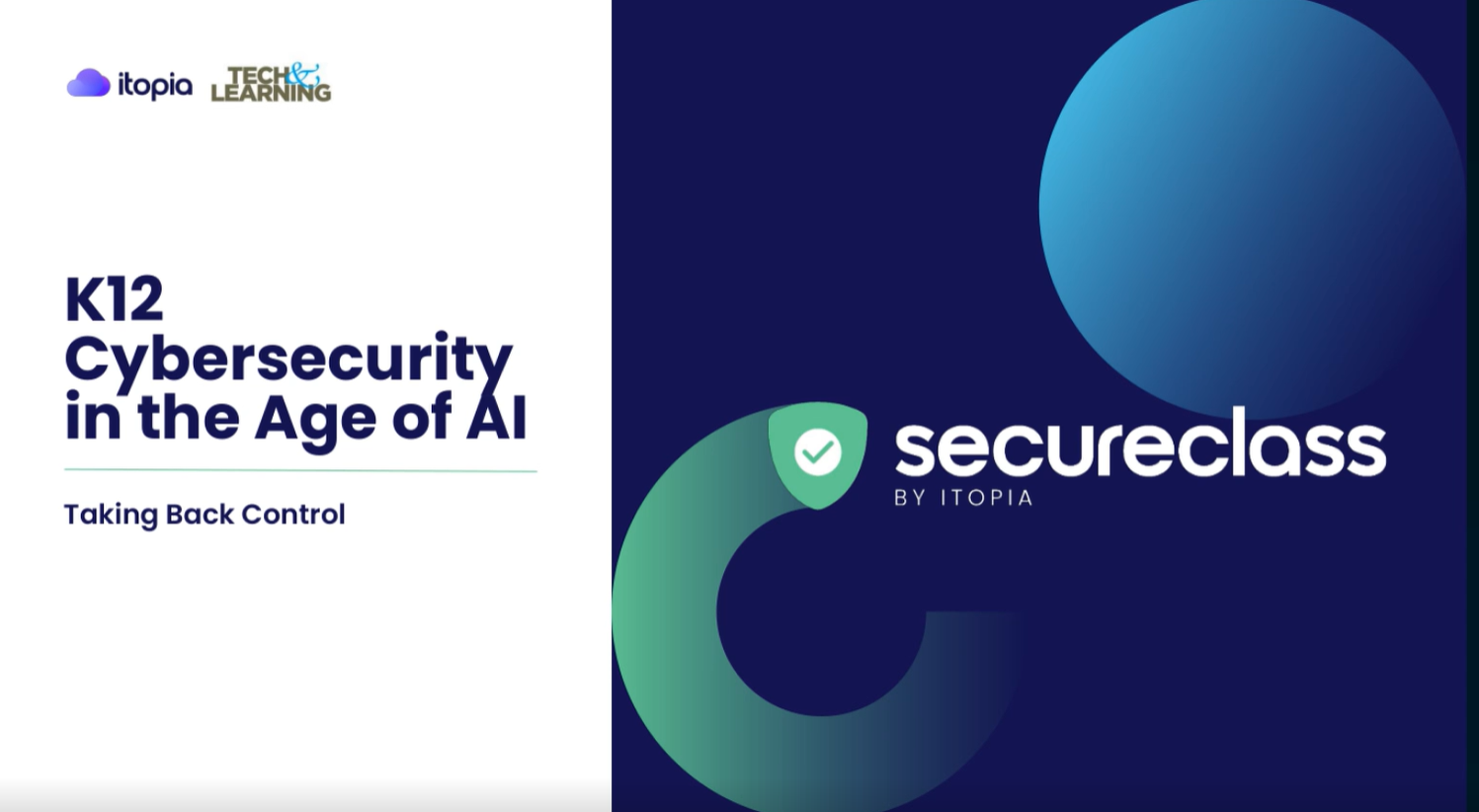Virtually Learning
Jhone Ebert plays two roles in Nevada’s Clark County School District, which at 295,000 students and counting is the fastest-growing district in the country. Ebert is director of magnet schools and principal of CCSD’s Virtual High School, which enables students to earn their diplomas entirely online. School CIO had a word with Ebert about the community-building power of e-learning and professional development in the 21st century.
Q. What kinds of e-learning initiatives has CCSD undertaken in recent years?
A. We’re very lucky that the community has supported the Gigabit Ethernet wide-area network [editor ’s note: the state-of-the-art WAN, which took 48 months to install, was completed in 2004], which enables us to do videoconferencing and streaming video. We have 30,000 employees, so we use Centra, [a synchronous/asynchronous tool from Saba] that allows us to conduct professional development, or even just meetings, online. The coordinator who oversees K–12 science has over 70 secondary schools that cover 8,000 square miles. In the past, everyone had to drive in to conduct a meeting. Now, she conducts meetings using the synchronous tool. It has two-way audio and video, meeting participants have the ability to share documents, and there’s a whiteboard they can use. It’s very similar to conducting a face-to-face meeting.
That plays over into Virtual High School, too. We’re required by law to meet or communicate with students at least once a week. We use Centra to meet with students. Not only are students able to meet with teachers, they’re able to meet with other students, too. Right now, they’re getting ready for the Advanced Placement (AP) exams. With the tool, they can go back to the beginning of the year and play back every single teaching session. You can’t do that in a brick-and-mortar building.
Q. What challenges does CCSD face when it comes to e-learning?
A. Hiring qualified teachers. The e-learning skill set is unique, and while you may be a highly qualified teacher in a face-to-face environment, learning how to take those skills and apply them to an e-learning environment takes three to five years. There are no universities right now that are preparing teachers to teach online, so we’re taking teachers and putting them through professional development after they earn their degrees. We teach them to build a [classroom] community online. How do you make 30 kids feel like a community when they don’t see each other? It’s hard enough in a face-to-face to create that environment!
Q. What criteria do you use to assess the effectiveness of an e-learning program?
Tech & Learning Newsletter
Tools and ideas to transform education. Sign up below.
A. At Virtual High School, we’re held to No Child Left Behind. All of our students have to pass the proficiency exam to get a diploma, as well as participate in additional state-mandated testing.
Q. What about return on investment?
A. We’re building a new facility for Virtual High School. In order for it to function, it will cost $10 million, whereas a comprehensive high school would cost $60 million. There’s a huge cost savings.
Q. Do you think e-learning plays a more significant role in a large school district like CCSD than it does in a smaller one?
A. I think e-learning plays a significant role in any 21st-century school, large or small. These days, everywhere except for in a classroom, [students] get immediate feedback through their cell phones, xBox, whatever. That’s what they’re expecting now when they come into the classroom, and in not all instances are they getting it. But with e-learning, if the student has a question, he or she can e-mail the teacher right then. In an e-learning environment, you can actually construct the environment so kids go to each other for help before they go to the teacher. You create a community online.
Susie Meserve is assistant editor of Technology & Learning.
